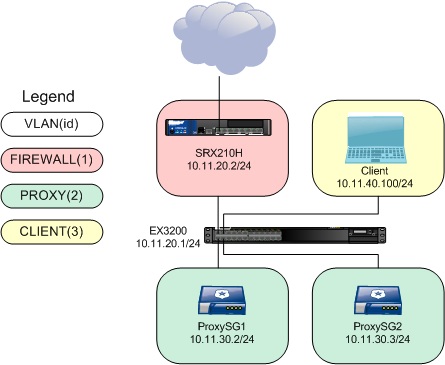

If you are using a dynamic WAN IP address, go to CONFIGURATION > Configuration Tree> Box > Assigned Services > VPN-Service > VPN Settings. To allow traffic into the VPN tunnel, an access rule is required. The Barracuda CloudGen Firewall supports authentication with a shared passphrase as well as X.509 certificate-based (CA-signed as well as self-signed) authentication. The Site-to-Site IPsec VPN tunnel must be configured with identical settings on both the CloudGen Firewall and the third-party IPsec gateway. If more than one security gateway lies behind a NAPT router, how can the incoming rekey be directed to the right private IP address? Rekeys can be made to work by "floating" the IKE port so that each gateway is addressable through a unique port number, allowing incoming requests to be demultiplexed by the NAPT router.The Barracuda CloudGen Firewall can establish IPsec VPN tunnels to any standard-compliant, third-party IKEv1 IPsec VPN gateway. If the SA was initiated from the well-known IKE port UDP/500, that port is used as the destination for the rekey request. When the SA expires, one security gateway will send a rekey request to the other. “A further problem may occur after a Security Association (SA) has been up for awhile. Here’s an interesting read as to why that is. I can see this being a problem supporting many IPSEC clients behind the same NAT to the public internet. See NVVPNENCAPS in the VPN guide (link above). In the absence of IPSEC NAT traversal RFCs being supported, Avaya phones can drop down to an older standard, like RF1631. ScreenOS does not support RFC3947 – page 4. In your case, its clear that when a phone reboots and sets up a tunnel, something in between the two public routers is mungling things up and making your newly rebooted phone receive the traffic associated to the other tunnel.Īvaya’s phones support RFC3947 for NAT traversal in the VPN guide. Some sites might be able to have 3 VPN phones work great. There are RFCs to allow you to have many private IPs 192.168.0.1,192.168.0.2, etc behind 1 public IP and all IPSEC to 1 public IP at another end, but there needs to be a mechanism for keepalives to come from the IPSEC server to be sent to the many IPSEC clients behind 1 dumb router, and the absence of standardization on that front makes it hit or miss. Long answer: the phones are IPSEC VPN, not SSL. Short answer - even Avaya on hosted IPO doesn't support >1 VPN phone behind 1 public IP. RE: 9608 R11 Fortigate VPN Multiple VPN Phones Set vpn monitor rekey junos how to#
The fortinet shows each dial connection separately in its monitor view - so I believe the tunnels to be separate.Īnyone have ideas? Could it be that VPN is assigning the same IP addresses to the remote phone and that is confusing IPO? If so, does anyone know how to assign a static IP address to the VPN Connection on a 9608?Īlso can anyone tell me how to view the vpn details from the phone - avaya key.

The phones work normally when connected one at a time. There are separate user logins to the phone system for each phone. There are separate VPN logins for each phone user. The second phone's button display gets garbled and when it reboots it assumes the identity of the first connected VPN phone so both phones have the extension/user setup. What is interesting is when you add a second VPN phone to the mix connected to the same LAN as the first VPN phone. The VPN tunnels get build, the phone connects and can make calls etc. Something interesting is happening and I am not sure how to troubleshoot. I have a R11 system with 9608 phones connecting over VPN to a fortigate firewall.






 0 kommentar(er)
0 kommentar(er)
